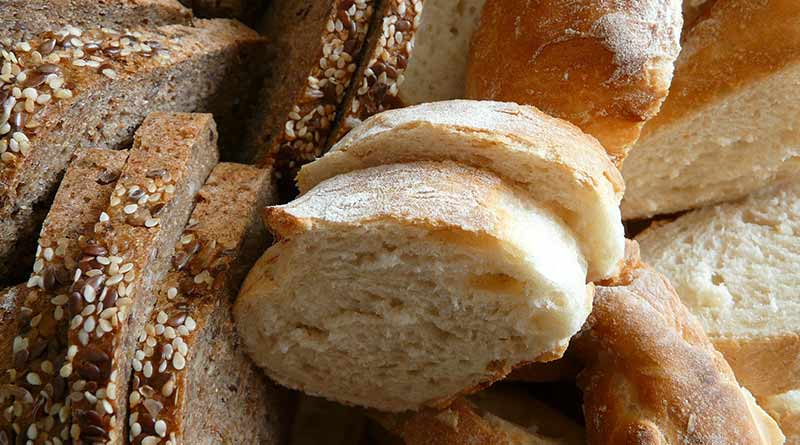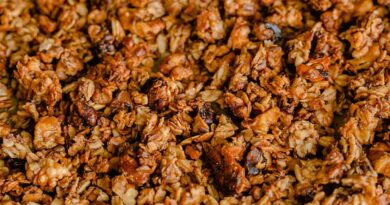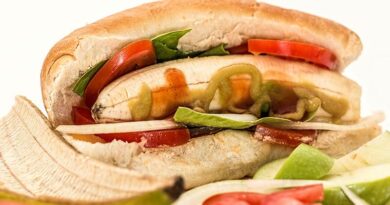‘Fast’ & ‘slow’ carbs
Introduction
This week’s paper made headlines on both sides of the Atlantic. “Fast carbs don’t make you fat” reported the Daily Mail and Business Insider alike (Ref 1). The media headlines came from a press release that led with “New Study Disproves ‘Fast Carbs Make You Fat’ Claim” (Ref 2). The paper that generated the press release was by Gaesser et al and it was entitled “Perspective: Does Glycemic Index Matter for Weight Loss and Obesity Prevention? Examination of the Evidence on ‘Fast’ Compared with ‘Slow’ Carbs” (Ref 3).
The glycemic index (GI) was introduced in 1981 by David Jenkins, a professor at the University of Toronto. The seminal paper on the topic can be seen here (Ref 4). The glycemic index is a value assigned to foods – from 0 to 100 – based on how slowly or how quickly those foods cause increases in blood glucose levels. Glucose was assigned the number 100, so other foods can be measured relative to this. Foods low on the glycemic index (GI) scale tend to release glucose slowly and steadily. Foods high on the glycemic index release glucose rapidly. Hence the use of the terms ‘slow’ and ‘fast’ carbs.
Since the development of the GI concept, several diet books have been written using the principle and more than 11,000 articles appear in a pubmed search for the term (conducted August 2021). The Gaesser et al paper noted that the 2015 and 2020 Dietary Guidelines for Americans “made no recommendation for using GI in dietary guidelines.”
Declaration of interest – I don’t rate the glycemic index and I never have. It’s way too imprecise and it elicits some illogical results. Regarding imprecision, raw carrots have one GI – cook them and they have another. The GI for a banana? What colour is it? Green, yellow or black? Then the same bread will score widely differently on different GI scales/GI websites. The Gaesser et al paper also noted this “The University of Sydney’s GI database lists 27 values for brown rice ranging from 48 to 87 and 66 GI values for white rice ranging from 17 to 94” (Ref 5). That’s an absurd imprecision upon which to base anything. On the logic, white rice is barely better than brown rice and wholemeal spaghetti is worse than white (Ref 6).
Given the limitations (being kind) of the GI concept, a study concluding that ‘slow’ carbs are not much better than ‘fast’ – and conversely that ‘fast’ carbs are not much worse than ‘slow’ – meets little prima facie resistance from me. I can believe that they’re as imprecise, as useless and as bad as each other. With that caveat, let’s look at what turned out to be an interesting paper…





